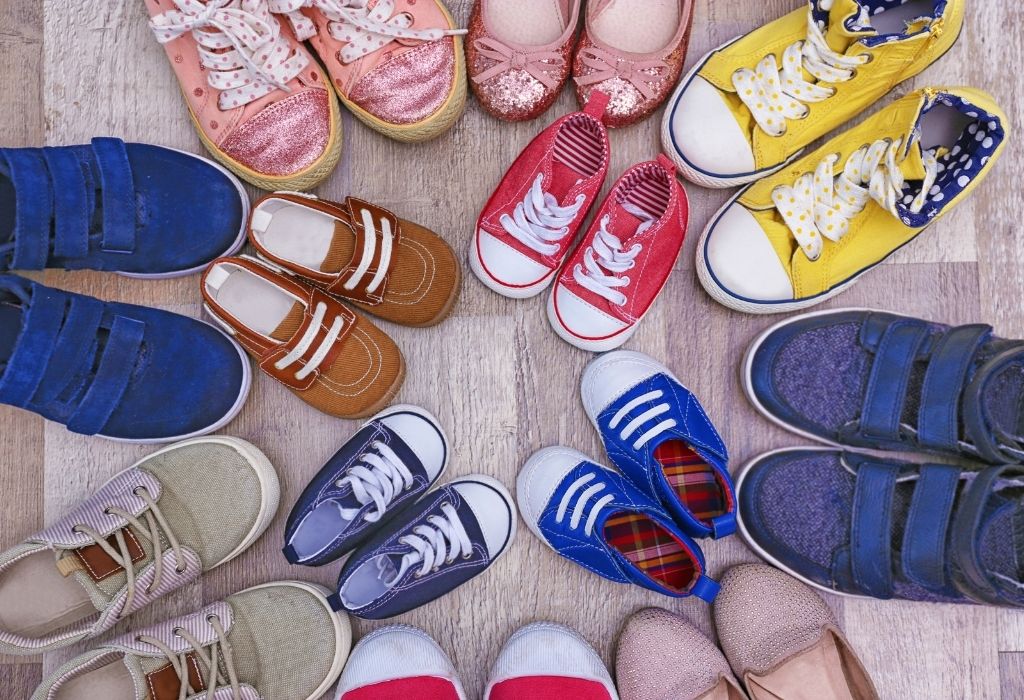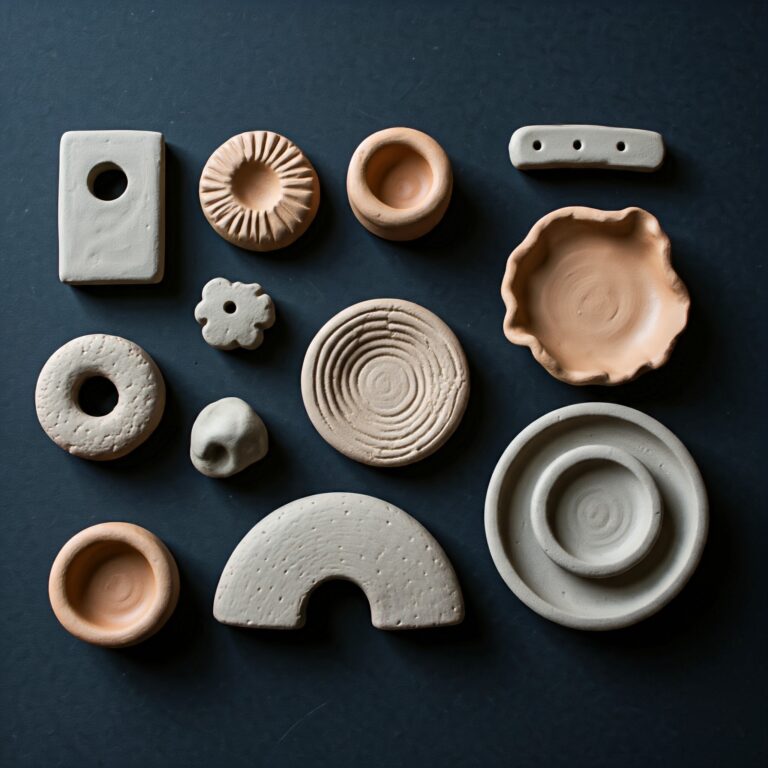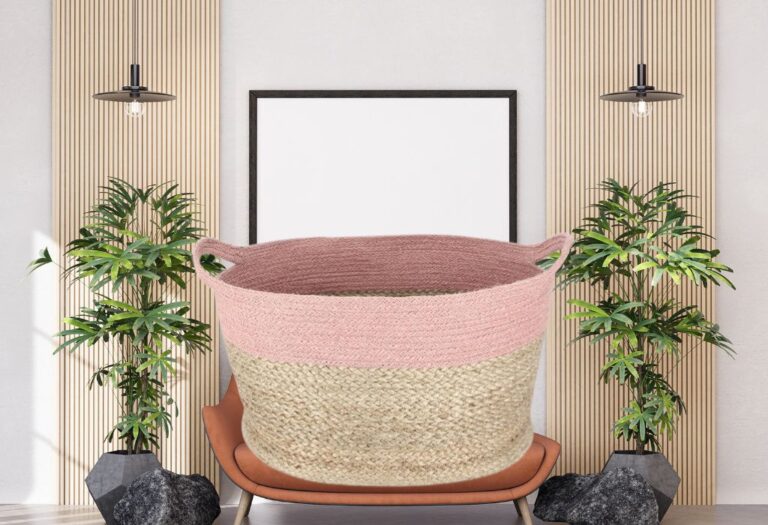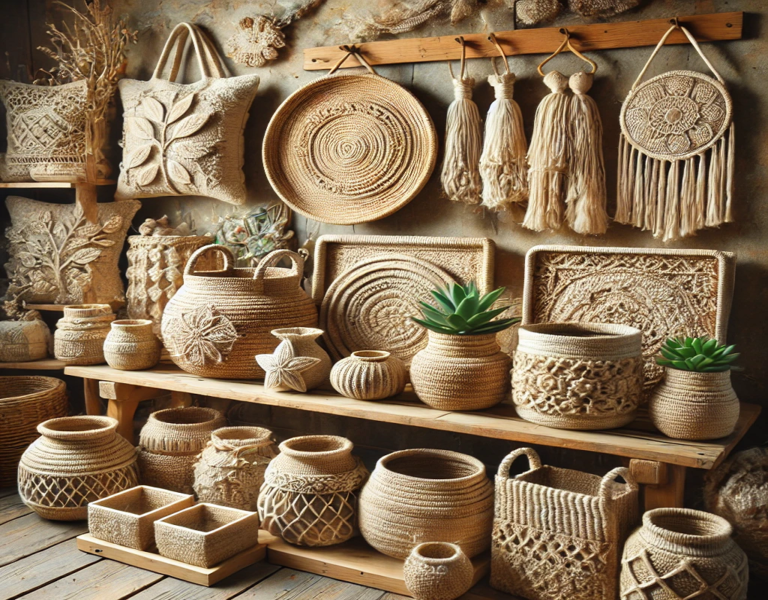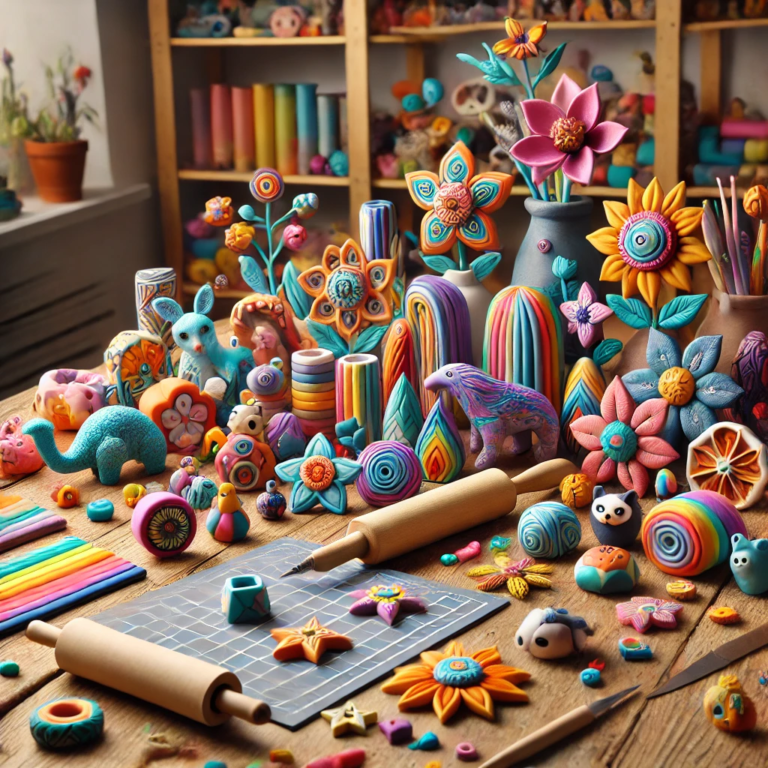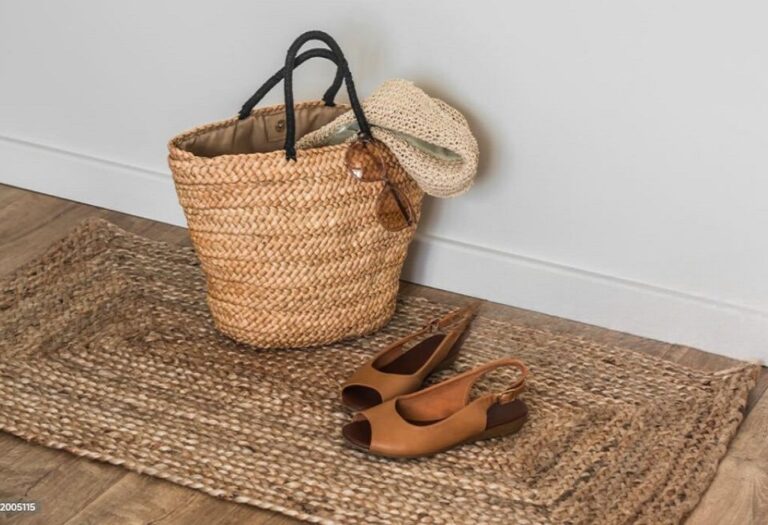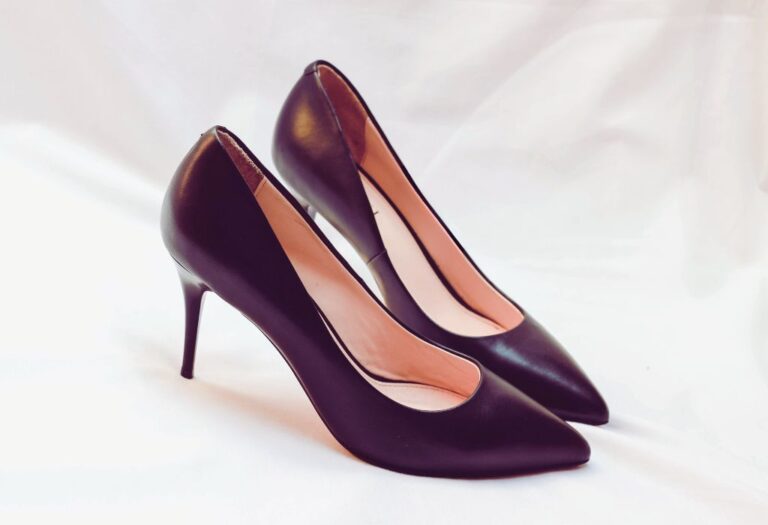Selecting the right kids shoes is essential for ensuring comfort, proper growth, and overall foot health. Beyond protecting little feet, well-designed footwear supports balance, mobility, and healthy development. With the wide variety of styles, materials, and sizes available, parents can often feel overwhelmed. This guide will walk you through the key factors to consider when purchasing shoes for kids.
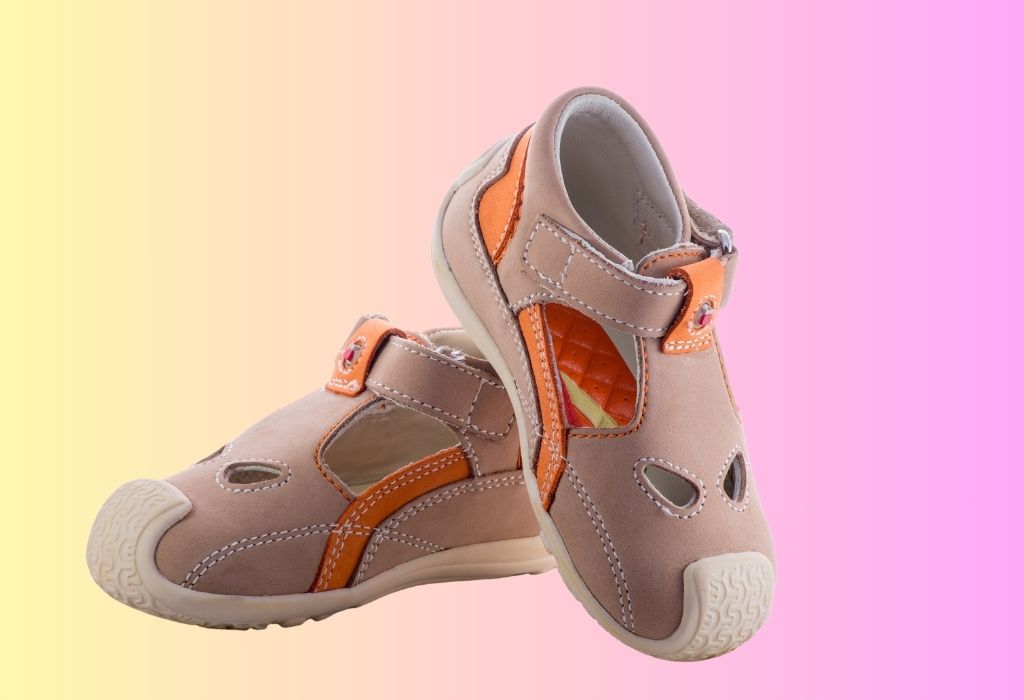
Why the Right Kids Shoes Matter
Children’s feet grow rapidly, especially during the early years. Ill-fitting kids shoes can hinder growth, cause discomfort, and even lead to long-term foot problems. Since children are naturally active, they require shoes that can withstand their energy while offering protection and support during play.
The best kids shoes strike a balance between flexibility, durability, and comfort. They must be sturdy enough to handle constant activity yet breathable and lightweight to allow natural foot movement.
Key Features to Look for in Kids Shoes
- Proper Fit
- There should be about half an inch of space between your child’s toes and the front of the shoe.
- Tight shoes can cause blisters, while loose ones increase the risk of tripping and falling.
- Avoid passing down kids shoes, as worn-out support or improper fit may affect the next child’s comfort.
- Breathable Materials
- Opt for materials like leather, mesh, or canvas. These allow air circulation, preventing sweaty feet and reducing the risk of odor or fungal infections.
- Flexible Soles
- Rigid soles restrict movement and make walking uncomfortable. Look for kids shoes with lightweight, flexible soles that bend easily to accommodate natural foot movements.
- Secure Fastening
- Velcro straps, elastic bands, or laces ensure a snug fit and prevent the shoes from slipping. Velcro is particularly convenient for younger kids, while older children may prefer the style of laced shoes.
- Arch and Ankle Support
- Proper arch support is vital for growing feet, especially for active kids who run, jump, and climb. Shoes with padded ankle support or high tops can add extra stability.

Types of Kids Shoes
- Everyday Shoes
- Sneakers or casual shoes are versatile and suitable for school, playdates, or family outings. They provide both comfort and durability for daily wear.
- Sports Shoes
- Active children need specialized sports footwear. Running shoes, cleats, or court shoes offer the grip, cushioning, and support required for specific activities.
- Sandals
- Sandals are perfect for warmer weather. Ensure they have adjustable, secure straps to prevent slipping and provide a comfortable fit.
- Boots
- Boots are ideal for outdoor adventures or colder seasons. Look for waterproof materials and insulated linings to keep feet warm and dry.
- Formal Shoes
- For special occasions, kids shoes with cushioned insoles and non-slip soles offer a balance of style and comfort.
Caring for Kids Shoes
- Rotate between pairs to extend the lifespan of each pair of shoes.
- Regularly check for fit, as children outgrow their shoes quickly.
- Clean shoes according to the material guidelines to maintain hygiene and appearance.
Signs Your Child Needs New Shoes
- Complaints of pain or discomfort.
- Visible signs of wear, such as holes or worn-out soles.
- Toes pressing against the front of the shoe.
- Shoes slipping off during movement.
Conclusion
Investing in the right kids shoes ensures their comfort, safety, and proper foot development. While trendy designs or cheaper options might seem appealing, prioritize quality and fit above all else. With the perfect pair of shoes, your child can confidently explore the world and take on every adventure with ease. Keep these tips in mind to make your next shoe shopping experience stress-free. Whether you’re searching for summer sandals or durable everyday sneakers, happy feet lead to happy kids

